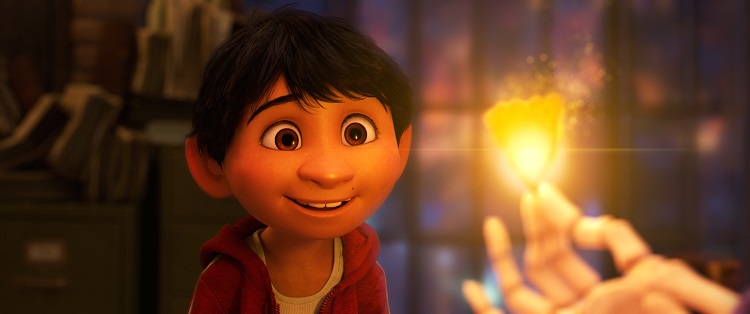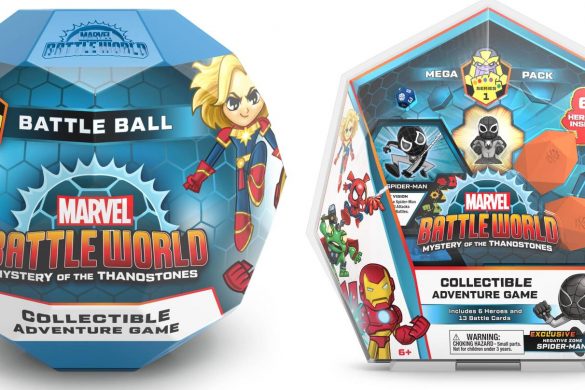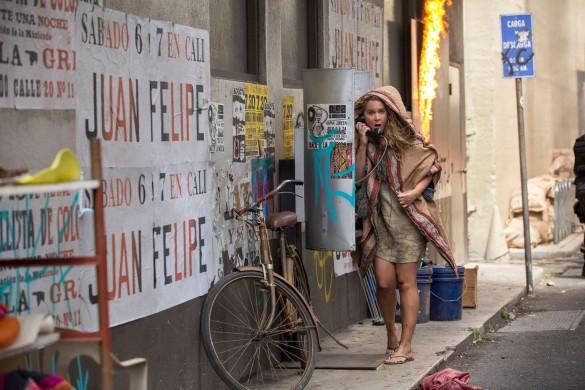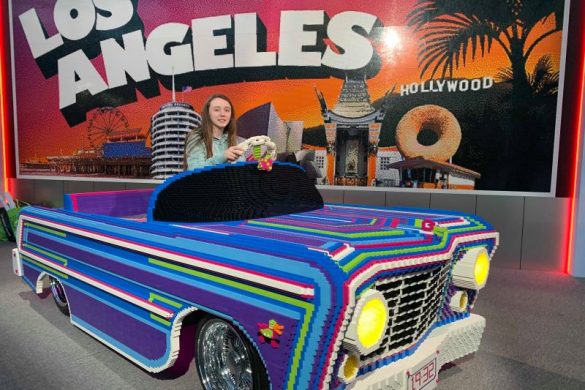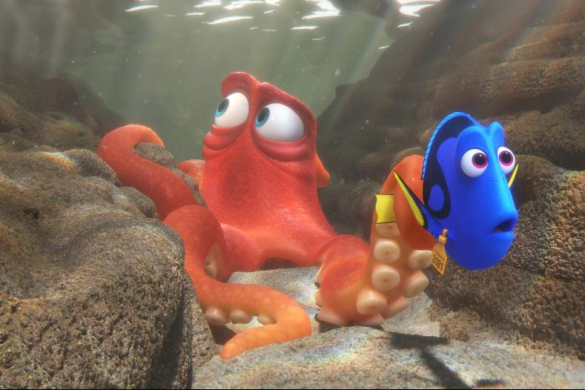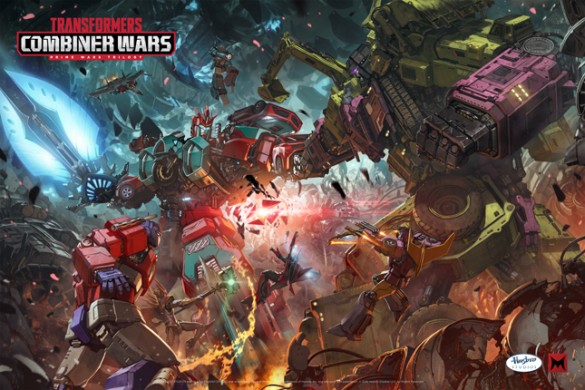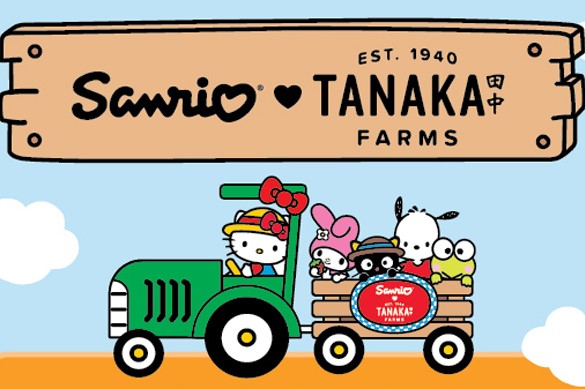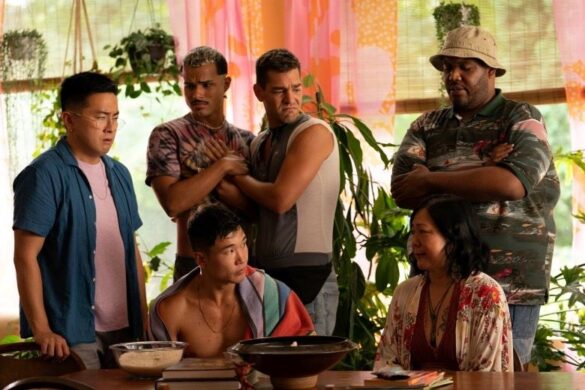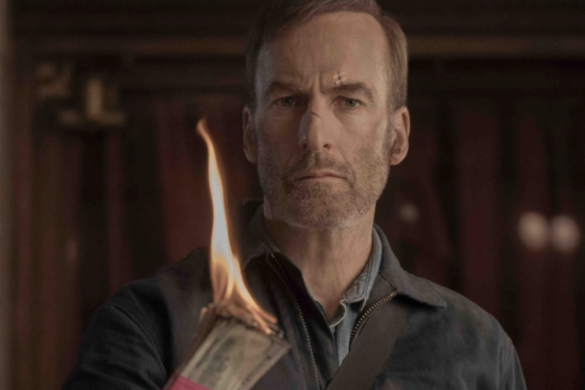* Thanks to Disney Pixar for hosting this wonderful experience. Opinions are my own.
A few years ago, my daughter’s art teacher invited families to a Day of the Dead school celebration. Each child created a piece of art and a letter in remembrance of a loved one. The kids’ items were placed on an “ofrenda”. This was my first introduction to Day of the Dead, or Dia de los Muertos, and I was moved by the school community coming together to memorialize their loved ones. My daughter paid tribute to her grandfather who had passed away the year before. During a recent trip to Pixar, I learned more about this intriguing and inspiring holiday. We were given a behind-the-scenes sneak peek of the film COCO and learned how Dia de los Muertos traditions played a role in Disney Pixar’s latest feature film.
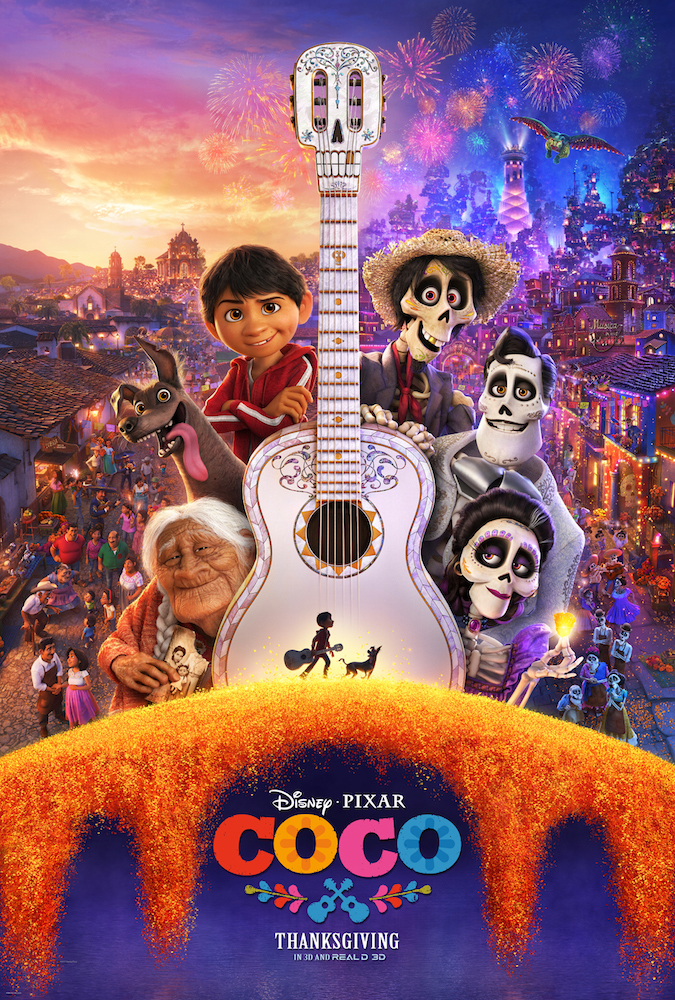
COCO is the story of Miguel, a boy who finds himself stuck in the land of the dead. His family in the Land of the Dead need to get him safely back home to the Land of the Living . Pixar’s Adrian Molina (Writer and Co-Director) and Dean Kelly (Story Artist) that this story explores a world of ancestry and memories, “a world that can only be brought to life through animation.” The story is also based on the universal question – what does it mean to be part of a family?
Before the storytellers could begin to create this beautiful, fantastical world, they had to be rooted in the real world which meant research trips for the team. They traveled to Mexico for the Day of the Dead celebration, and truly immersed themselves in the culture.
What is Dia del Muertos? It is a heritage tradition that is celebrated primarily in Mexico. It’s roots go back to Mexico’s indigenous precolonial history. It is a celebration the souls of the dead as they are welcomed back to the land of the living to reunite with their loved ones. This occasion is far from being a somber occasion, it’s really a grand family reunion. It’s a time to be joyful, and a time to celebrate. Filled with rich and beautiful traditions, the Day’s customs all have a unique purpose and a unique meaning – meanings that the storytellers wanted to embrace in the telling of Coco’s story. To illustrate how these customs were used to inspire their storytelling, the film creators focused on specific customs that became a part of Miguel’s journey.
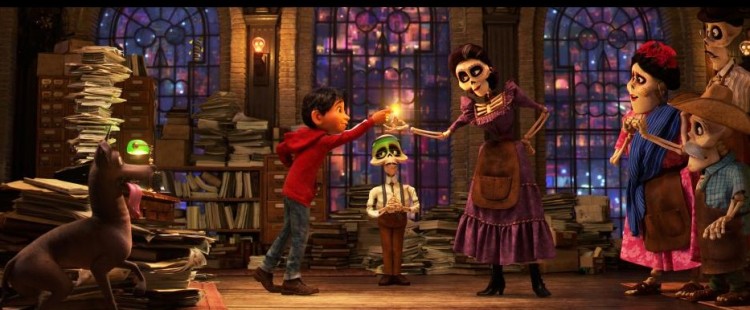
1) The Ofrenda is symbolic in Migeul’s story. He keeps his passions hidden under the Ofrenda and he discovers a family secret from one of the images on the Ofrenda. What is an Ofrenda? It is an altar that is decorated to greet the spirits of those who are returning for Dia de los Muertos. Ofrenda means offering in Spanish. Families would leave offerings of food, drinks and things that their deceased loves one loved in life. These offerings will nourish them after their long journey. The Ofrenda is the key part of the tradition of Dia de los Muertos. It also keeps us connected to our loved ones.
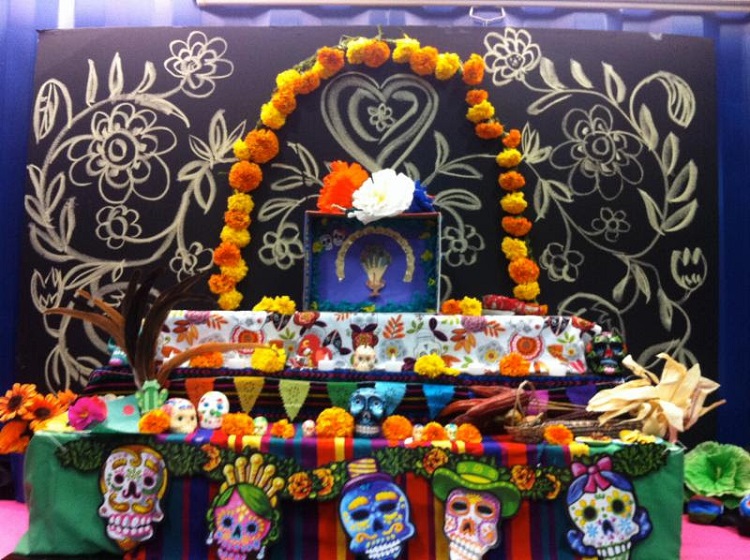
2) One particular element on the Ofrenda are photos. Placement of photos is part of the practice of active remembrance and displaying these photos is an act of love and respect. It also has the benefit of inspiring stories and memories and specific moments that you remember of these loved ones and creating conversation in the family. Photos are definitely my connection to ones I’ve loved, and lost in my life
3) Marigold path, a path of “cempasuchil” or marigold pedals are meant to guide ancestors to the cemeteries, or to the home. It’s believed that the unique smell and vibrant color of the marigold petals are there to help guide the spirits on their way. The path is a connection between generations. I watched the beginning of the film and the bright bridges of Marigold pedals are eye-catching and calming.
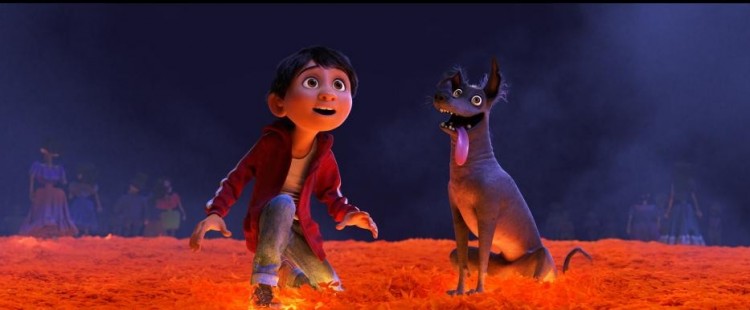
4) During cemetery vigils, families will go out during the day and they will sweep the graves of their loved ones. Parties and parades include the entire community. At night it’s a quiet occasion, but it’s really a joyous and a time for reunion for families to come together.
COCO opens in theatres everywhere on November 22nd!

